How To Rig A Camera Overhead ?
To rig a camera overhead, you will need a sturdy mounting system that can support the weight of the camera and keep it stable. One option is to use a tripod with a boom arm that can extend over the subject. Another option is to use a ceiling mount or rigging system that can securely attach the camera to the ceiling.
Once you have the mounting system in place, you will need to position the camera at the desired angle and height. This will depend on the specific shot you are trying to capture. You may need to adjust the camera's tilt, pan, and zoom settings to get the best shot.
It's important to ensure that the camera is safely secured and won't fall or move during filming. You may also want to use a remote control or wireless trigger to operate the camera from a safe distance. With the right equipment and setup, you can capture stunning overhead shots for a variety of applications, from product photography to video production.
1、 Mounting options for overhead cameras
Mounting options for overhead cameras are essential for capturing high-quality footage from above. There are several ways to rig a camera overhead, depending on the type of camera and the location of the shoot. One popular option is to use a tripod or a boom arm to suspend the camera from above. This method is ideal for smaller cameras and can be adjusted to capture different angles and perspectives.
Another option is to use a ceiling mount or a wall mount to secure the camera in place. This method is ideal for larger cameras and provides a stable platform for capturing footage. Ceiling mounts are particularly useful for capturing footage in large spaces, such as warehouses or studios.
In recent years, there has been a growing trend towards using drones to capture overhead footage. Drones offer a unique perspective and can be used to capture footage in hard-to-reach locations. However, they require a skilled operator and can be expensive to rent or purchase.
When rigging a camera overhead, it is important to consider safety and stability. The camera should be securely mounted and should not pose a risk to people or property below. Additionally, the camera should be positioned to capture the desired footage without obstructing the view or interfering with the shoot.
Overall, there are several mounting options for overhead cameras, each with its own advantages and disadvantages. The choice of mounting method will depend on the specific needs of the shoot and the equipment available.
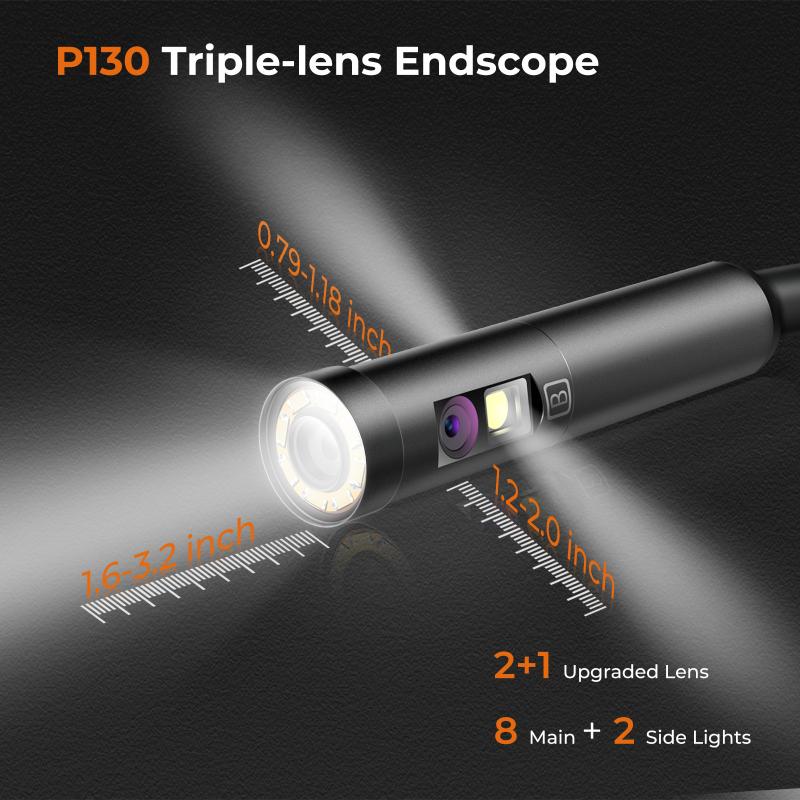
2、 Choosing the right camera for overhead shots
How to rig a camera overhead:
Rigging a camera overhead can be a great way to capture unique and interesting shots. Here are some steps to follow:
1. Choose the right location: Look for a sturdy structure to mount your camera on, such as a ceiling beam or a tripod stand.
2. Mount the camera: Use a mounting bracket or a tripod head to attach the camera securely to the structure.
3. Adjust the angle: Make sure the camera is pointing straight down or at the desired angle for your shot.
4. Set up the lighting: Overhead shots can be tricky to light, so make sure you have enough light sources to avoid shadows and glare.
5. Test the shot: Take a few test shots to make sure the camera is capturing the image you want.
Choosing the right camera for overhead shots:
When it comes to choosing the right camera for overhead shots, there are a few things to consider. First, you'll want a camera with a flip-out screen or a remote viewfinder so you can see what you're shooting. Second, you'll want a camera with a wide-angle lens to capture as much of the scene as possible. Finally, you'll want a camera with good image stabilization to avoid shaky footage.
In recent years, drones have become a popular tool for capturing overhead shots. They offer a unique perspective and can be used to capture footage in hard-to-reach locations. However, it's important to follow local regulations and safety guidelines when using a drone.
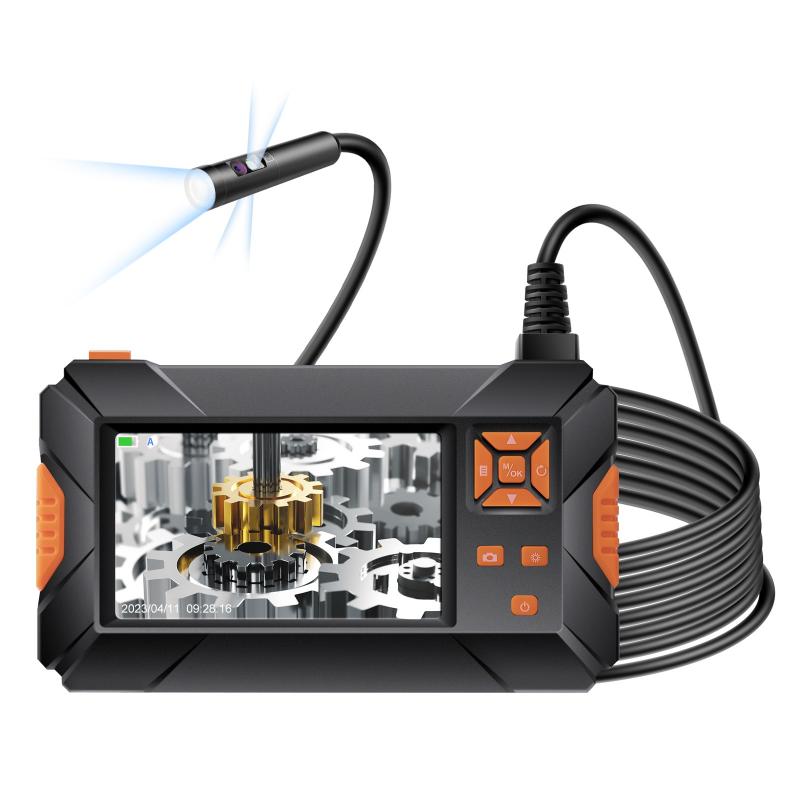
3、 Safety considerations when rigging overhead cameras
Safety considerations when rigging overhead cameras are of utmost importance to ensure the safety of both the camera operator and the people below. Before rigging an overhead camera, it is important to assess the weight of the camera and the strength of the rigging equipment. The rigging equipment should be rated for the weight of the camera and should be inspected regularly for any signs of wear and tear.
It is also important to ensure that the rigging equipment is properly secured to a stable structure, such as a ceiling beam or truss. The camera should be positioned in a way that it does not obstruct any walkways or exits and should be secured with safety cables to prevent it from falling in case of any equipment failure.
Additionally, it is important to ensure that the camera operator is properly trained in rigging and safety procedures. The operator should be aware of the weight and limitations of the equipment and should be able to recognize any signs of equipment failure.
In the latest point of view, it is also important to consider the potential risks of COVID-19 transmission when rigging overhead cameras. The camera operator should wear appropriate personal protective equipment (PPE) and follow social distancing guidelines to minimize the risk of transmission.
Overall, safety considerations when rigging overhead cameras should be taken seriously to ensure the safety of everyone involved.
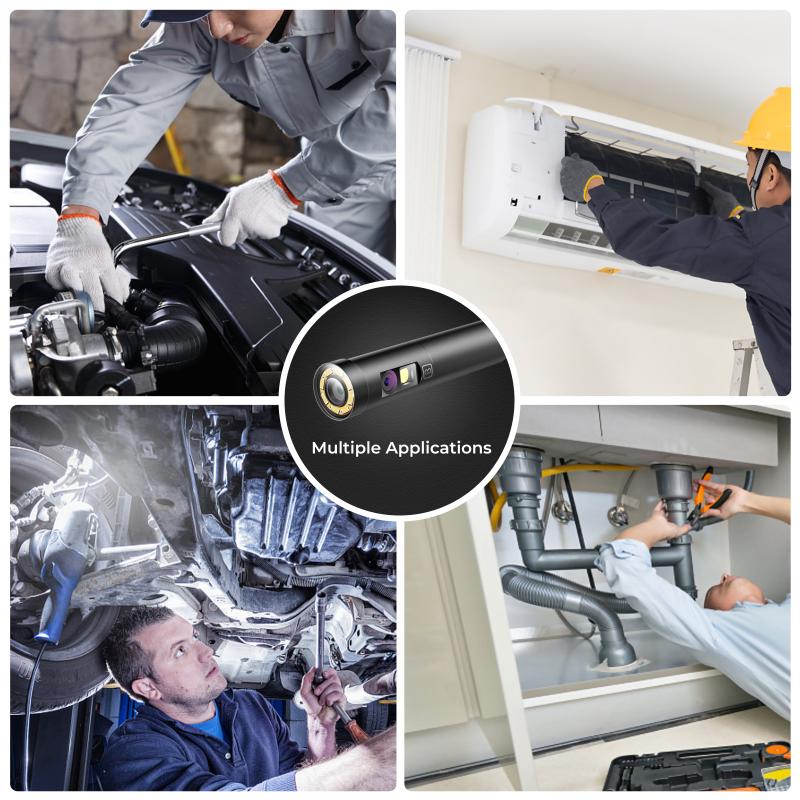
4、 Techniques for securing and stabilizing the camera
Techniques for securing and stabilizing the camera are essential when rigging a camera overhead. The first step is to ensure that the camera is securely mounted to the rigging system. This can be achieved by using a sturdy mounting plate or bracket that is designed to hold the weight of the camera. It is also important to use high-quality rigging hardware, such as clamps and safety cables, to ensure that the camera is held in place and cannot fall.
Another important technique for securing and stabilizing the camera is to use counterweights. These can be added to the rigging system to balance the weight of the camera and prevent it from tipping over. It is also important to ensure that the rigging system is properly anchored to the ceiling or other support structure to prevent any movement or swaying.
In addition to these traditional techniques, there are also new technologies that can be used to stabilize the camera. For example, some cameras now come equipped with built-in stabilization systems that can help to reduce camera shake and improve the overall stability of the shot. There are also specialized stabilization systems, such as gimbals and steadicams, that can be used to further stabilize the camera and create smooth, fluid shots.
Overall, when rigging a camera overhead, it is important to use a combination of traditional techniques and new technologies to ensure that the camera is securely mounted and stabilized. By taking the time to properly rig the camera, you can create high-quality shots that are both safe and visually stunning.
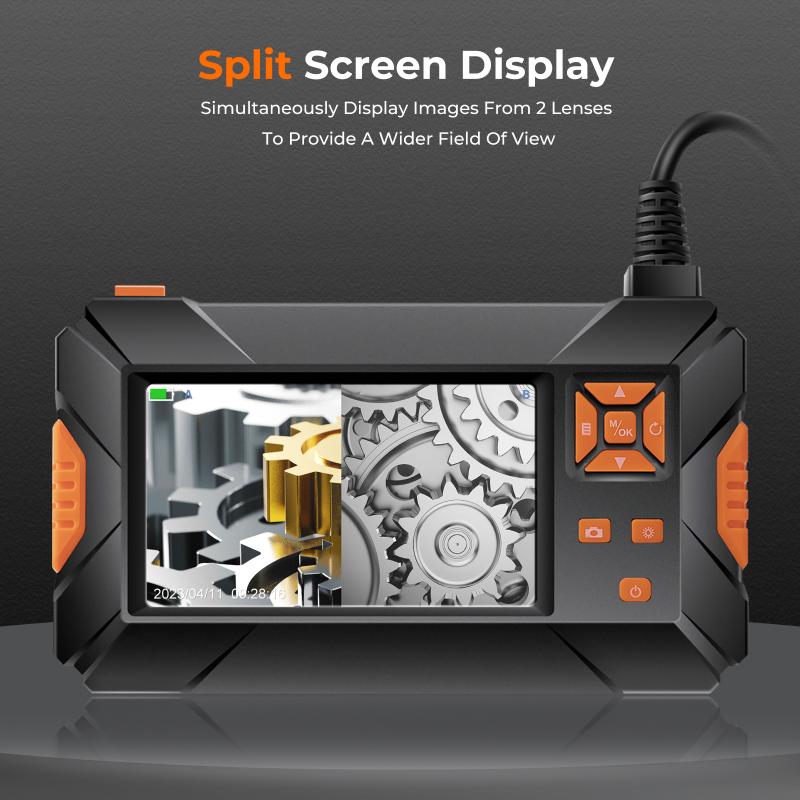





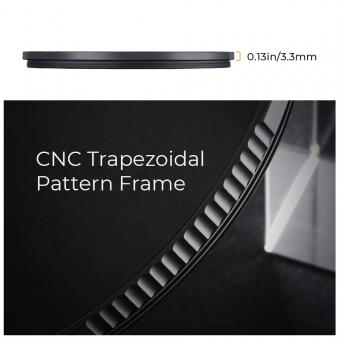









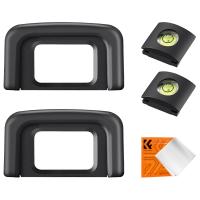
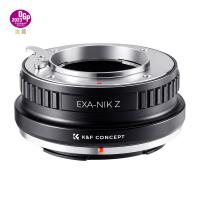
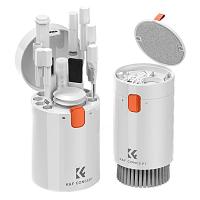
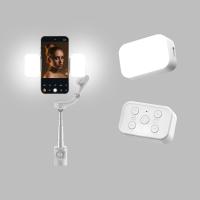


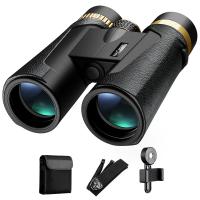
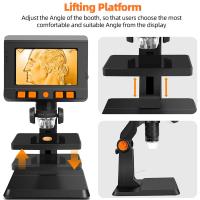

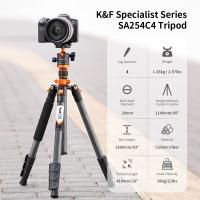
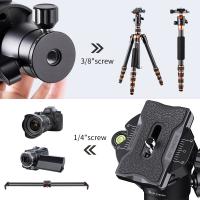
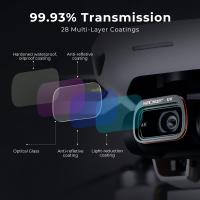
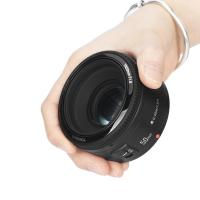
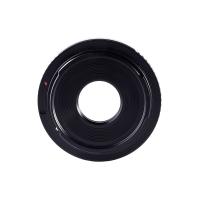
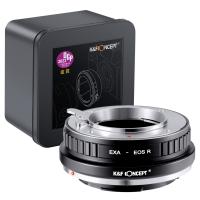
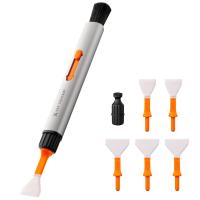
There are no comments for this blog.